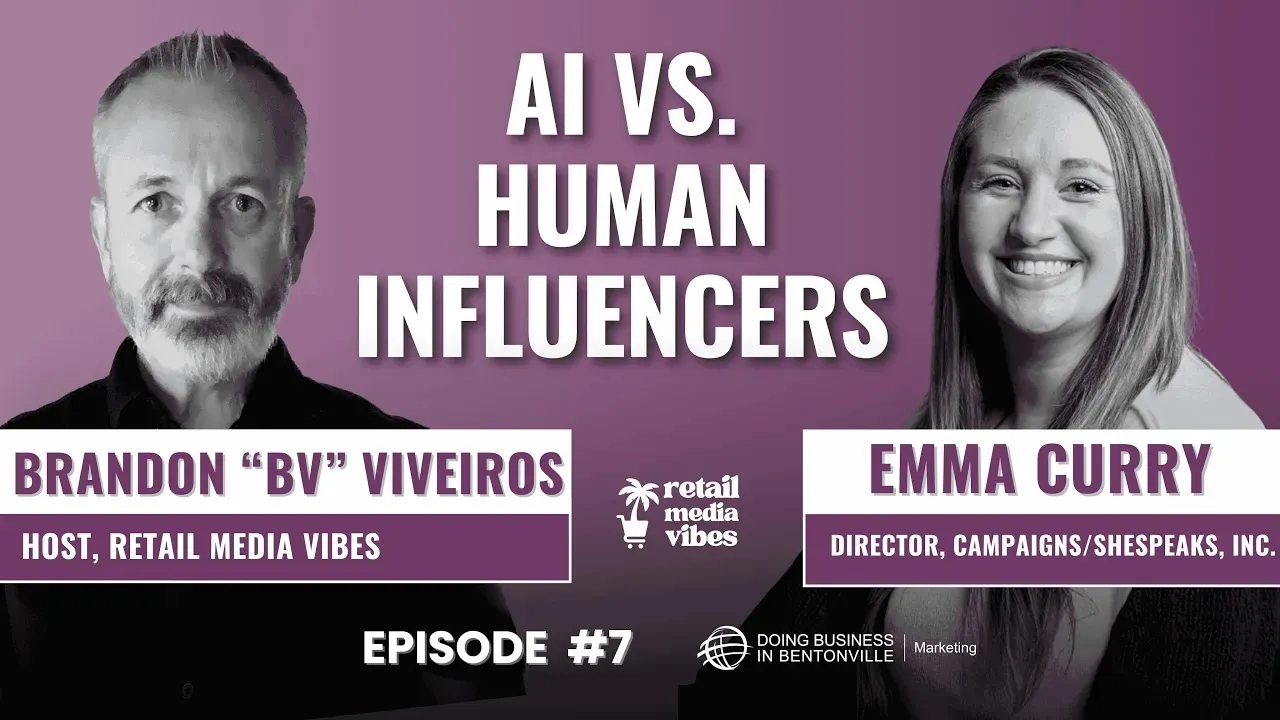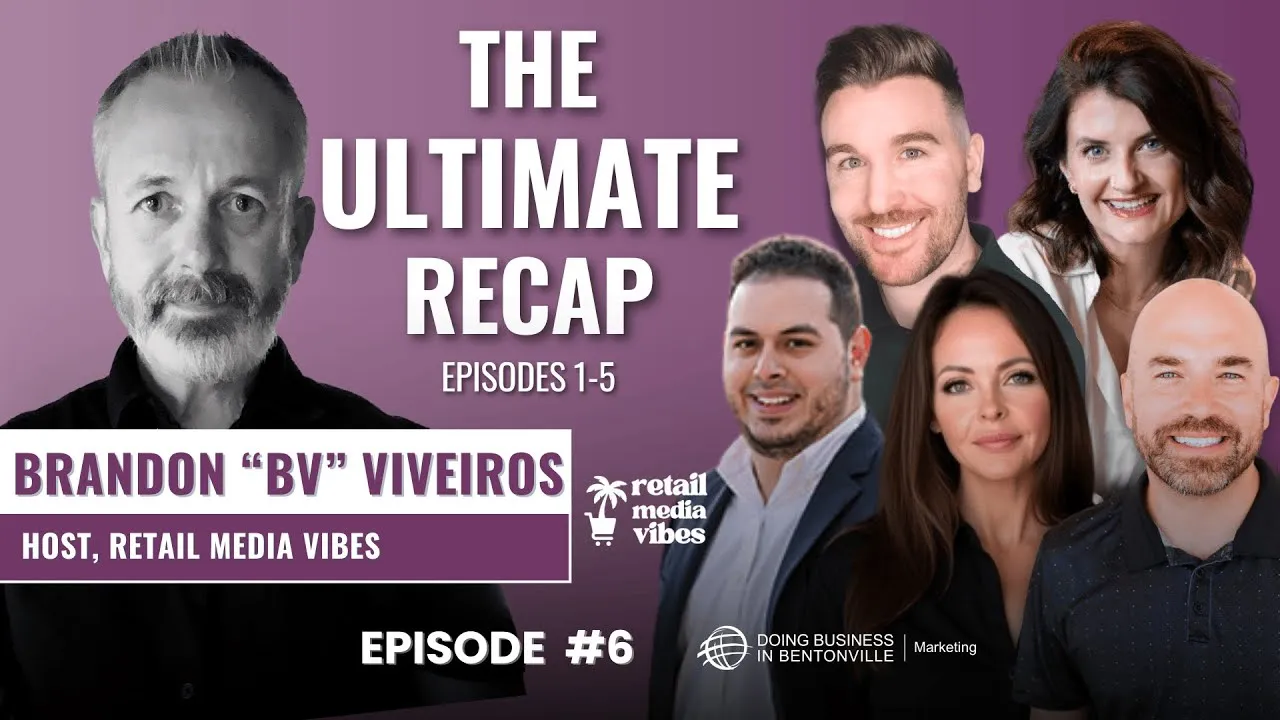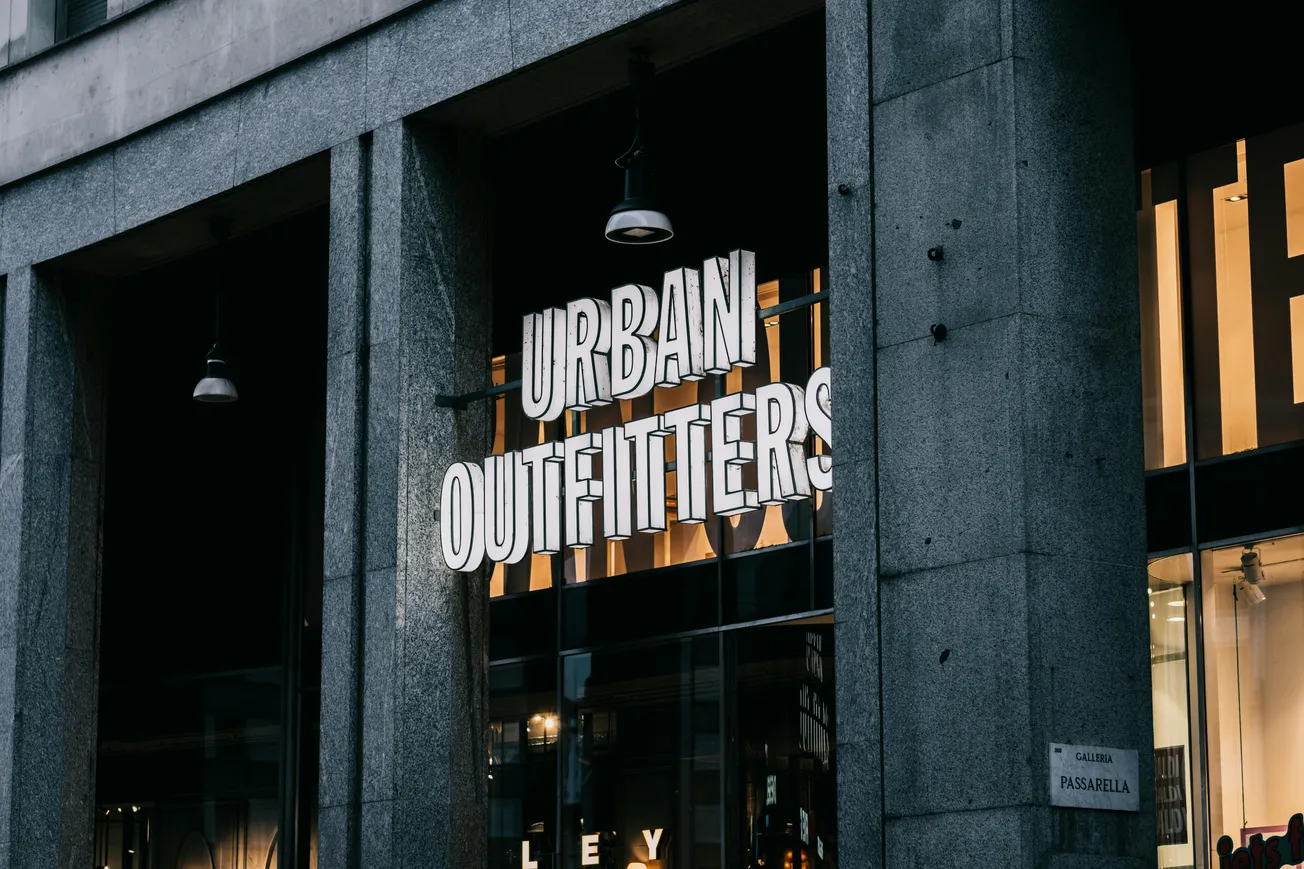Ever wish retail media dashboards told the real story? We pull back the curtain on how to measure what actually matters, not just what’s easy to count. Brandon welcomes Cassie Murray to unpack the messy truth about ROAS, why incrementality is a worthy but difficult North Star, and how inventory, placement, and profitability can quietly decide your campaign’s fate long before a single impression is served.
We get practical about omnichannel reality: when a shelf holds four facings and the truck comes once a week, “always-on” search might be the wrong answer. Cassie shares how to set objectives first, defend base, recruit new-to-brand, or drive profitable volume, then choose metrics that ladder up without chasing vanity numbers. We also explore modeling, cross-retailer context, and the pressure cooker of reporting, where a dip in CTR sparks panic, even when the plan is working.
From there, we head into marketplaces, the proving ground for challenger brands and a minefield when compliance slips. Learn why Walmart’s tighter standards help shoppers and brand equity, how small brands can use marketplace momentum to earn shelf space, and how big brands can extend assortments without losing control. We also break down Walmart’s road tour as smart retailtainment that builds community, and we test the potential of Amazon Lens as visual search moves from novelty to utility.
Finally, we talk about Target. The curated magic that once fueled three-hour trips has dulled as discretionary budgets shrink and Walmart’s style game improves. What would it take for Target to be unapologetically itself again, with cleaner stores, tighter curation, reliable availability, and trend-right private label that earns the trip? If you care about measurement, marketplaces, and the evolving store experience, this one brings clarity you can act on today.
If this sparked new ideas or challenged your playbook, subscribe, share with a colleague, and leave a review. What metric do you trust most right now?
More About this Episode
What’s Really Happening in Retail Media: Measurement, Marketplaces & Why Target Lost Its Mojo
Retail media is evolving faster than ever. From AI-powered shopping tools to in-person brand activations, and from the rise of challenger brands on e-commerce marketplaces to the growing need for better measurement and attribution, retail is in the midst of transformation. But with that transformation comes complexity - and more questions than answers.
In this episode of Retail Media Vibes, I had the chance to sit down with Cassie Murray, a retail media veteran who’s worked across shopper marketing, digital transformation, and omnichannel innovation. Together, we unpacked what’s top-of-mind in the retail world: how measurement needs to evolve, why e-commerce marketplaces are gaining traction, and what might be behind Target’s loss of cultural relevance.
Let’s dive into the takeaways and insights you need to know.
Measurement in Retail Media: Why ROAS Isn’t Enough Anymore
Ask any marketer working in retail media about their least favorite part of the job, and you’ll likely hear one word: measurement.
In theory, measuring campaign performance should be simple. In practice, it’s anything but.
Why? Because shopper journeys are fragmented, in-store and online behaviors don’t always align, and every retailer has its own set of reporting tools, attribution models, and performance definitions. ROAS (Return on Ad Spend) has long been the default metric - but it’s increasingly seen as outdated, and at times, misleading.
Cassie put it perfectly: ROAS is great if you're looking for a surface-level snapshot. But if your goal is to understand true impact - including whether your media spend is actually driving incremental growth - then ROAS is far from sufficient.
Here’s why that matters:
- ROAS only tells part of the story. It captures purchases made during the campaign window, but doesn’t indicate whether those were incremental or would have happened anyway.
- Offline still matters. About 70-80% of grocery and CPG sales still happen in-store. If your campaign is influencing brick-and-mortar behavior but your KPIs are tied only to e-commerce, you’re missing the full picture.
- Inventory and fulfillment impact results. If your product is out of stock in-store or has limited inventory due to small formats or distribution challenges, your sales potential is capped, regardless of how good your campaign is.
- Different retailers, different rules. A campaign that performs well on Walmart’s retail media network might not show the same metrics on Kroger or Target, simply because the data infrastructure and shopper behaviors are different.
Cassie also emphasized the importance of modeling and triangulating different data sets, such as using tools like Nielsen, IRI, and emerging AI-based platforms (like Peak) to provide a more holistic picture of media impact.
In short: The smartest retail marketers aren’t obsessed with ROAS. They’re asking better questions. Are we reaching new-to-brand shoppers? Are we slowing share loss? Are we supporting profitable volume, not just volume? Those are the metrics that matter.
The Rise of E-Commerce Marketplaces: A Blessing or a Threat?
If you haven’t spent much time in the world of e-commerce marketplaces, it’s time to pay attention. Whether it’s Amazon, Walmart, Best Buy, or even niche players like StockX, the marketplace model is transforming how products get discovered, sold, and scaled.
Cassie and I explored both the opportunities and challenges of marketplaces - especially from the perspective of brand owners.
Here’s what’s happening:
- Marketplace sellers are becoming a launchpad for innovation. These aren't just resellers or arbitrageurs. Many are small businesses, minority-owned brands, or DTC startups that are using marketplaces to gain national visibility without the overhead of traditional distribution.
- For Walmart, marketplace sellers represent an expansion of assortment. They allow Walmart to offer more SKUs and serve niche needs without taking on inventory risk.
- But marketplaces are a double-edged sword for big brands. Brands often find themselves competing against unauthorized resellers, especially when products are being offered at inflated prices or shipped without proper quality controls. That creates shopper confusion and can damage brand equity.
Cassie shared a great anecdote from her experience with refrigerated products at Dollar General. When third-party sellers began offering those products on Walmart.com without appropriate compliance or fulfillment, it led to negative reviews and customer complaints - all of which were directed at the brand, not the seller.
At the same time, marketplaces offer a proving ground. Walmart, for example, has internal systems that monitor high-performing marketplace sellers - and if a brand crosses a certain sales threshold, it can trigger interest from category buyers and open the door to brick-and-mortar shelf space.
The bottom line: Marketplaces aren’t going anywhere. For challenger brands, they’re a launchpad. For established brands, they’re both an opportunity and a risk that must be carefully managed. As e-commerce continues to grow, especially among omnichannel shoppers, brands will need clear marketplace strategies that balance growth with control.
What Happened to Target’s Mojo?
Let’s talk about the elephant in the room: Target isn’t what it used to be.
Once the go-to for affordable style, social media-worthy home décor, and viral seasonal collections, Target has seen a noticeable drop in both consumer sentiment and performance. Their stores are less polished, shelves are often understocked, and the experiential magic that once defined a “Target run” seems to have faded.
According to a survey by PowerCommerce, the share of Americans who "really like" or "somewhat like" Target dropped from 70% in early 2023 to just 50% by early 2025. That's a significant erosion of brand equity in a relatively short period.
So what happened?
- Discretionary spending is down. Target was always a discretionary spend destination, clothes, home goods, and items that made people feel good. As economic pressure rises, more consumers are trading down or choosing essentials over splurges.
- Walmart stepped up. Walmart has leaned into trendier product lines, better apparel selection, and influencer-driven brands like The Pioneer Woman, Drew Barrymore’s Beautiful line, and even Paris Hilton’s collection. And importantly, they’re offering them at price points that feel accessible, not aspirational.
- Target lost consistency. Inventory gaps, store presentation, and product quality haven’t met shopper expectations. If a consumer visits twice and doesn’t find what they’re looking for, they’re not likely to come back.
- DEI controversies and shifting brand identity. Some consumers reacted negatively to Target’s evolving positioning on social issues. Whether those reactions were fair or not, the result was a perception shift, and perception is everything in retail.
What will it take for Target to get its groove back?
Cassie pointed to upcoming leadership changes in 2026 and a promising quote from Target’s new internal leader, who wants the brand to become “unapologetically Target.” That’s a strong signal, and perhaps a return to form.
What made Target special in the first place was that it understood the intersection of design, culture, and convenience. If they can rebuild that emotional connection, there's still time to reenergize the brand. But as Cassie warned, consumers are quick to walk away when the experience no longer delights.
A Few Bonus Thoughts from Our Quick Hits
- Amazon Lens (Visual Search): Useful tech, but not yet mainstream. Shoppers need time to adopt new behaviors. Most people aren’t using it to shop yet, but the potential is there, especially if Amazon can integrate visual context with real-time product discovery.
- Retailtainment & Walmart’s FYP Roadshow: Walmart is bridging digital culture with real-world activations. These events are brand-building, not direct sales drivers, and that’s okay. The key is to understand that not everything needs to tie directly to ROAS.
- Fast Food Value Wars: McDonald’s brought back “Extra Value Meals,” but at $8 a pop, are they really value meals? As Cassie put it, the shrinking gap between regular meals and value offerings may drive QSR brands to rethink their strategies. A new round of price wars could be on the horizon, and Sonic, Taco Bell, and Wendy’s are already experimenting.
Retail Media Is Growing Up
The common thread in all these conversations? Retail is growing up. It’s no longer enough to just launch a media campaign, list products online, or open a few experiential pop-ups.
Retailers and brands alike must ask:
- Are we providing value and values?
- Are we meeting shoppers wherever they are, in-store and online?
- Are we measuring the right things?
- Are we creating brand love, not just sales lifts?
Retail media is no longer about what’s trending this quarter - it’s about how brands and retailers can build lasting, profitable relationships with consumers in a complex and fragmented world.
It’s challenging. It’s messy. But it’s also exciting.
And if we’re doing our jobs right, the conversation next year will be completely different. That’s what keeps it interesting.
— BV out.









